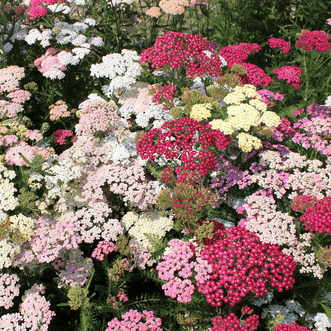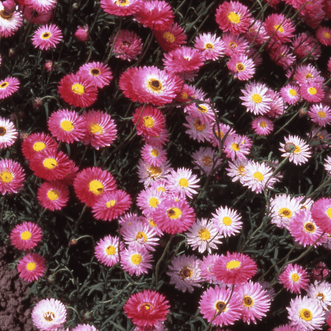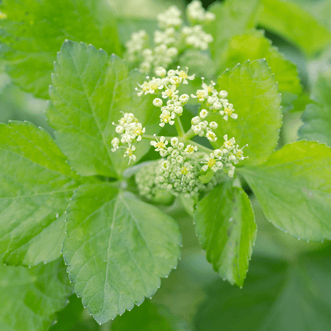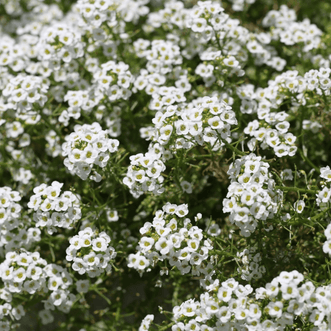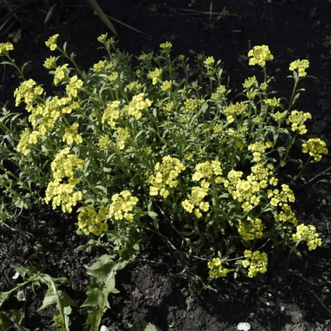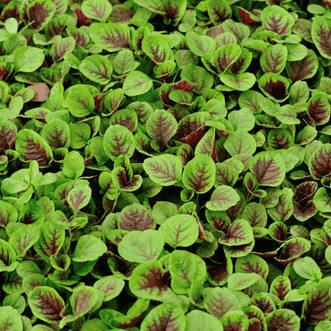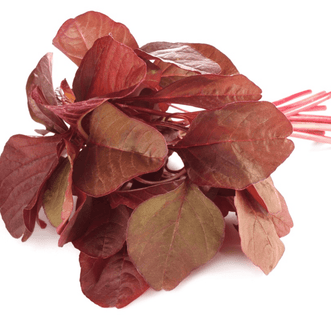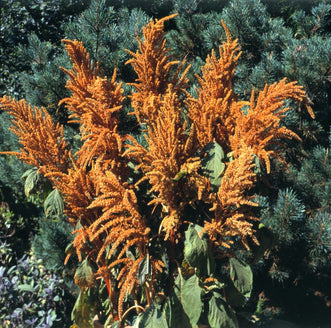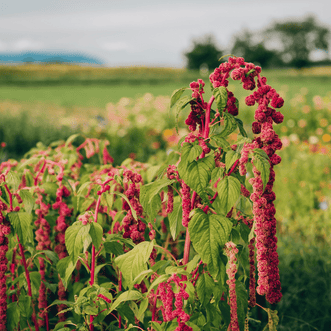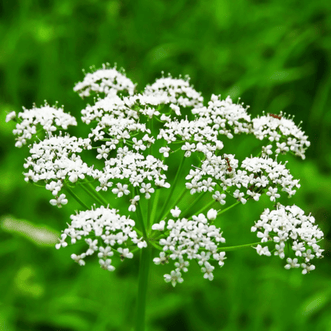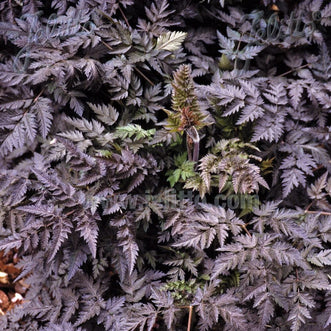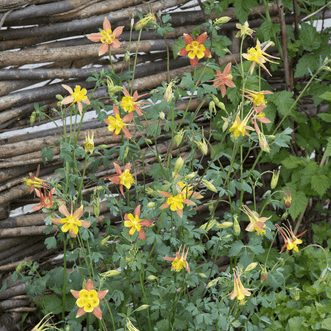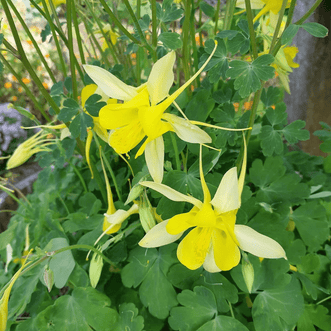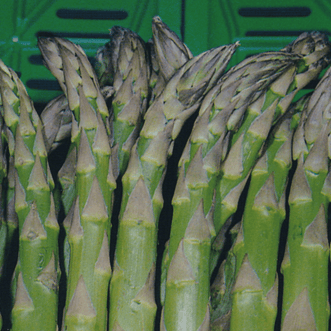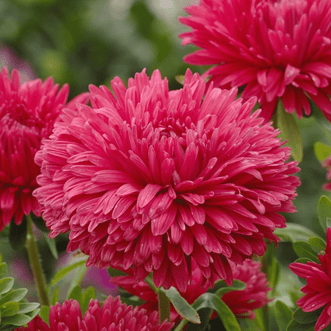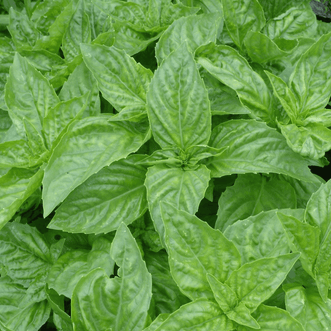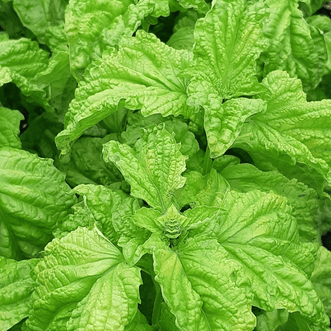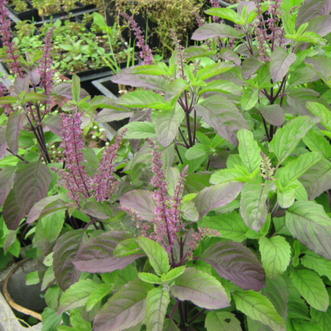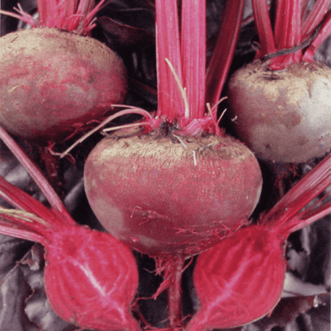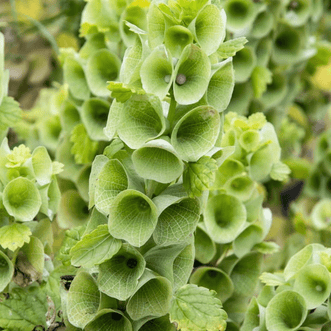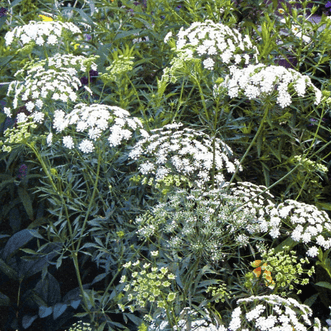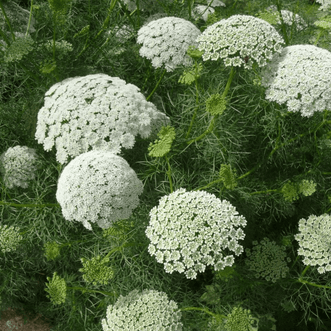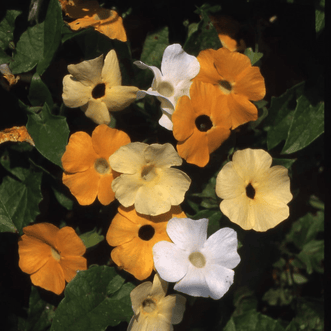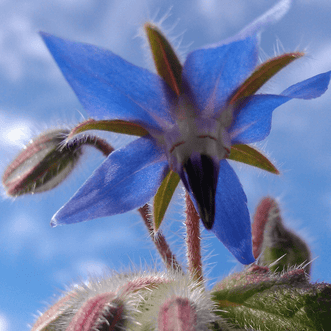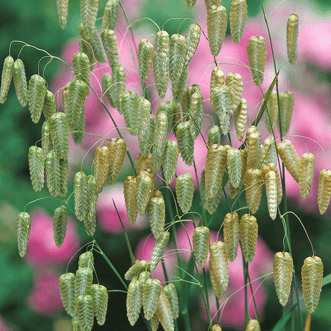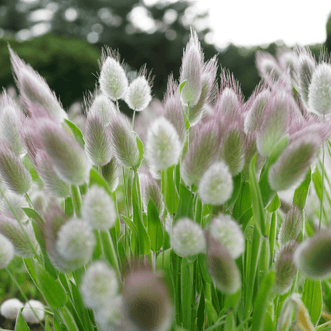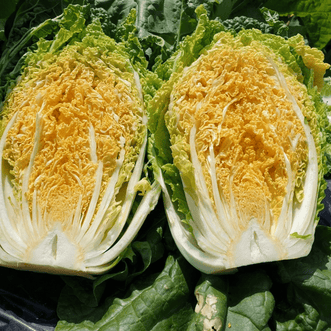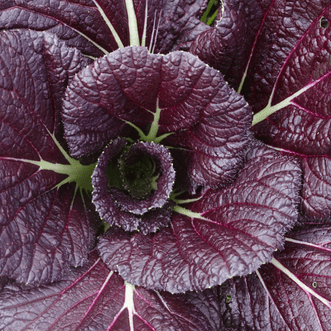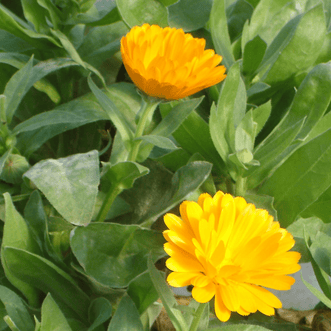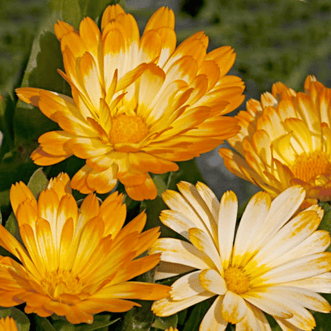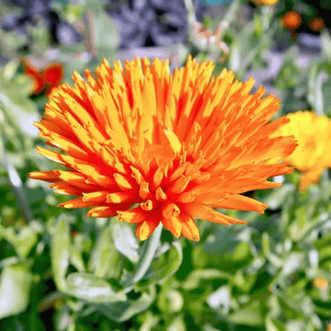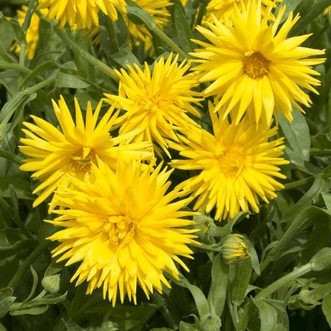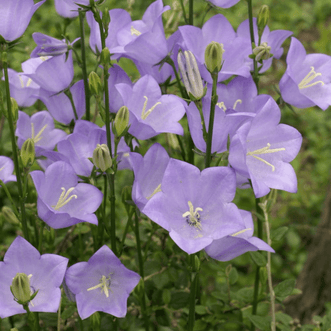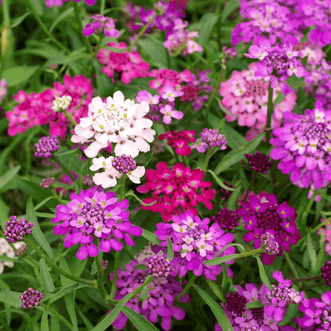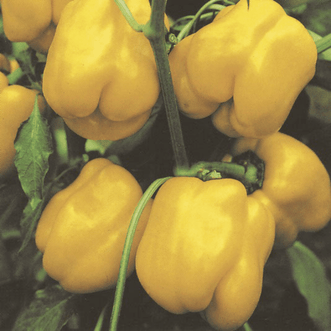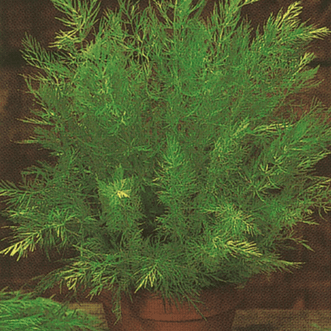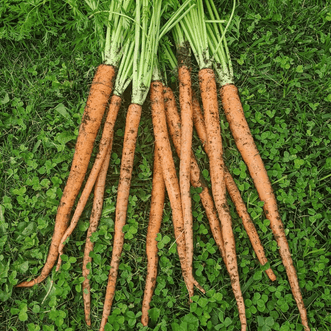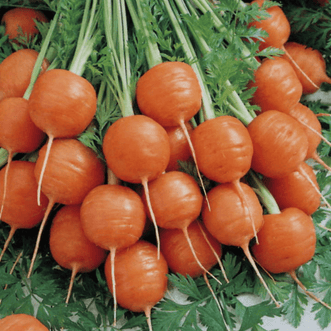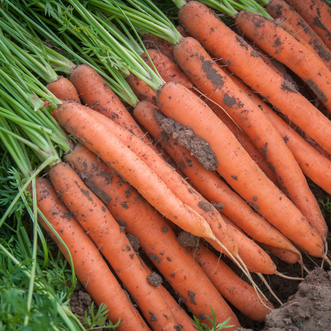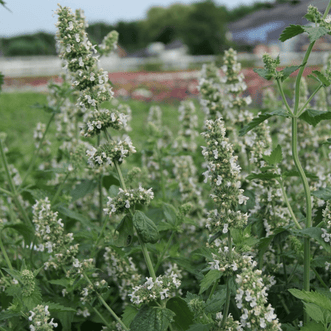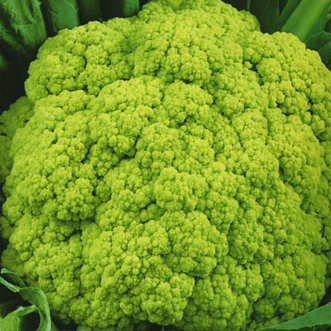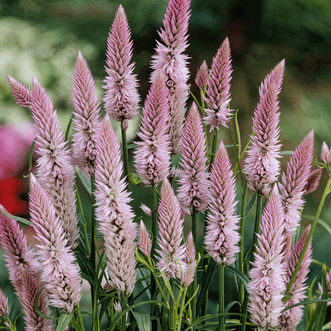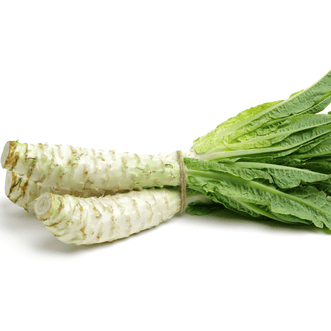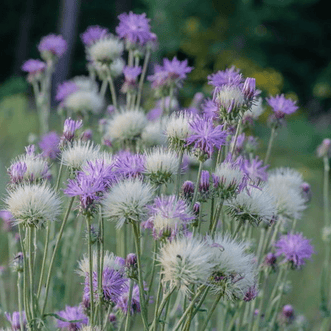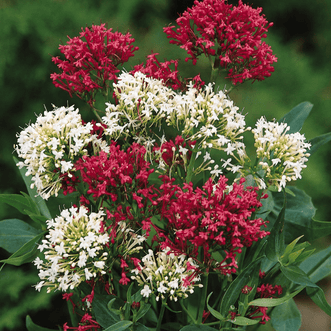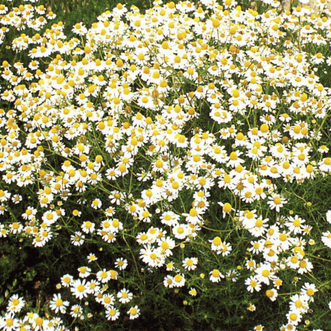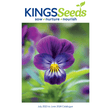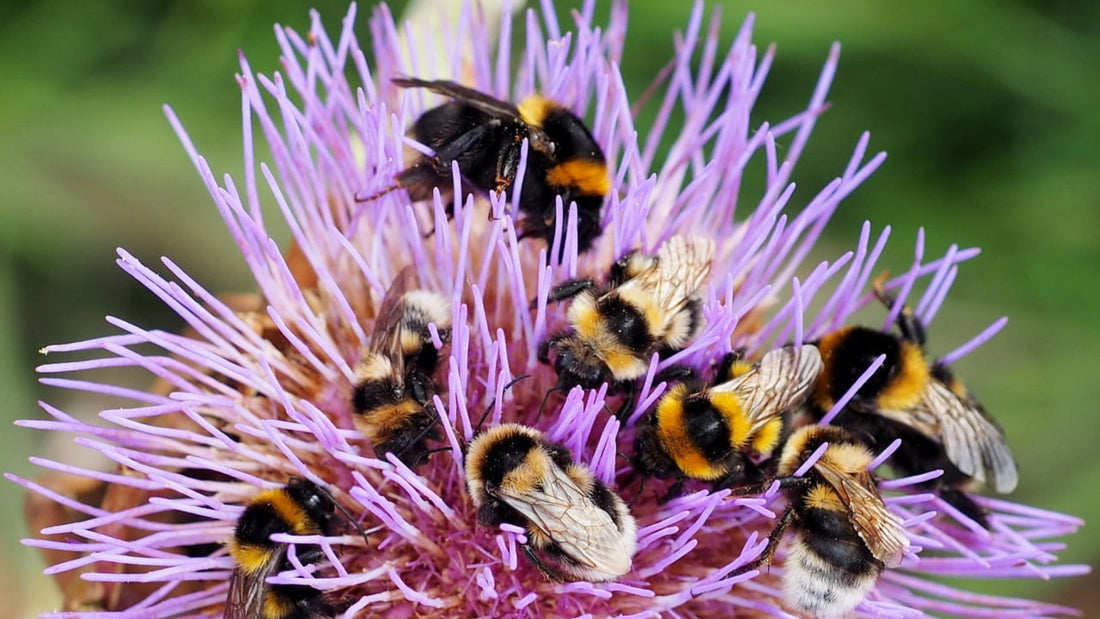
Best Practices to Attract Bees and Other Pollinators
TylerTo Attract Bees and Other Pollinators .....
Tips to Make Your Outdoor Space a Gourmet Haven for Bees and Butterflies
Ways you can help the bees:
- Plant flowers with open petals and upright stamens for easy access by our pollen-loving friends (cosmos, coneflower).
- Include flowers of different shapes. There are many different species of bees and they are all different sizes, have different tongue lengths, and will feed on different shaped flowers. Consequently, providing a range of flower shapes means more bees can benefit.
- Choose several colours of flowers. Bees have good colour vision to help them find flowers and the nectar and pollen they offer. Flower colours that particularly attract bees are blue, purple, violet, white, and yellow.
- Choose flowers that are heavy pollen producers (salvia).
- Plant flowers in clumps. Flowers clustered into clumps of one species will attract more pollinators than individual plants scattered through the garden. Where space allows, make the clumps one metre or more in diameter.
- Some herbs provide food for insects as well as humans so add them to your garden also (oregano).
- Limit or eliminate pesticide usage. Most pesticides are not selective. You are killing off the beneficial insects along with the pests. If you must use a pesticide, start with the least toxic one and follow the label instructions to the letter.
- Plant cover crops and use compost rather than relying on synthetic fertilizers.
- Make sure your garden blooms from very early spring to late autumn (asters) to provide food as long as possible.
- Have a diversity of plants flowering all season. Most bee species are generalists, feeding on a range of plants through their life cycle. By having several plant species flowering at once, and a sequence of plants flowering through spring, summer, and autumn, you can support a range of bee species that fly at different times of the season.
- If you have open spaces like fields or roadsides, plant with wildflower mixes.
- Use local native plants. Research suggests native plants are four times more attractive to native bees than exotic flowers. They are also usually well adapted to your growing conditions and can thrive with minimum attention. In gardens, heirloom varieties of herbs and perennials can also provide good foraging.
- Plant where bees will visit. Bees favour sunny spots over shade and need some shelter from strong winds.
- Provide shelter from the elements such as standing grasses, flower stalks or shrubs.
- For bees, provide nesting spots, for example, open ground without mulch for ground-nesters or make artificial nests.
- Not all weeds need to be eradicated; see if the bees and butterflies are enjoying the buffet they offer and if they are, leave them be!
Ways you can help the butterflies:
- Provide host plants such as Swan Plant for emerging Monarch caterpillars.
- Host plants WILL be munched on so don't be alarmed when you see nibbled leaves!
- Butterflies love butterfly flower, coneflower (Echinacea), aster and marigold.
- Choose flowers that have easy access points for nectar sipping (gaillardia).
- Same as for bees, herbs provide food for butterflies so add them to your garden also (fennel, parsley).
- Plant a variety of sun-loving annuals, perennials, wildflowers and shrubs as butterflies prefer sunny spots.
- In that same vein, include a wide range of flower colours as well.
- Provide sheltered resting spaces such as a flat rock in a sunny spot.
- Butterflies sip water so provide a shallow tray with damp sand and rocks to land on.
- Encourage neighbours and your community to plant open spaces with low-maintenance wildflowers and perennials.
Information Courtesy National Garden Bureau, founded 1920, a non-profit organization whose mission is to disseminate basic instructions for backyard gardeners and those who want to garden, that will inspire them to spend more time outdoors, enjoying all nature has to offer.
Image courtesy Mel Wood

